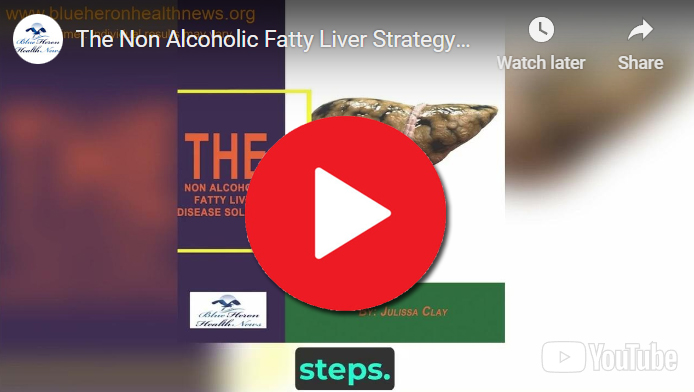
Fatty liver disease, also known as hepatic steatosis, can have several causes. The two primary types of fatty liver disease are alcoholic fatty liver disease (AFLD) and non-alcoholic fatty liver disease (NAFLD). The causes of these conditions differ as follows:
- Alcoholic Fatty Liver Disease (AFLD):
- Alcohol consumption: Chronic excessive alcohol consumption is the main cause of AFLD. Heavy drinking over a prolonged period can lead to the accumulation of fat in the liver.
- Non-Alcoholic Fatty Liver Disease (NAFLD): NAFLD encompasses a range of liver conditions, from simple fatty liver to more severe forms like non-alcoholic steatohepatitis (NASH) and cirrhosis. The causes of NAFLD include:
- Obesity: Being overweight or obese is a significant risk factor for NAFLD. Excess body weight, particularly around the abdomen, increases the likelihood of fat accumulation in the liver.
- Insulin resistance: Insulin resistance, often associated with conditions like type 2 diabetes, metabolic syndrome, or obesity, can contribute to the development of NAFLD. It affects the way the body processes glucose and lipids, leading to fat buildup in the liver.
- High cholesterol and triglycerides: Elevated levels of cholesterol and triglycerides in the blood can promote the accumulation of fat in the liver.
- Poor diet: Consuming a diet high in saturated fats, refined carbohydrates, and sugary foods/beverages can contribute to the development of fatty liver disease.
- Sedentary lifestyle: Lack of physical activity or a sedentary lifestyle can increase the risk of NAFLD.
- Genetic factors: Some genetic factors may predispose individuals to NAFLD, but the specific genes involved are not yet fully understood.
- Medications: Certain medications, such as corticosteroids, tamoxifen, methotrexate, and others, have been associated with the development of fatty liver disease in some cases.
- Other health conditions: Certain health conditions, such as polycystic ovary syndrome (PCOS), hypothyroidism, and sleep apnea, have been linked to an increased risk of NAFLD.
It’s worth noting that while alcohol consumption is a known cause of fatty liver disease, excessive alcohol intake can also exacerbate non-alcoholic fatty liver disease. Therefore, it’s crucial to address alcohol consumption when diagnosing and managing fatty liver disease.
See More on Video

The Non Alcoholic Fatty Liver Strategy™ By Julissa Clay The program provided in this eBook is very reasonable and realistic as it neither restricts your diet miserably so that you cannot stick to the changes in diet suggested in it nor wants you to do intense exercises for many hours every week.